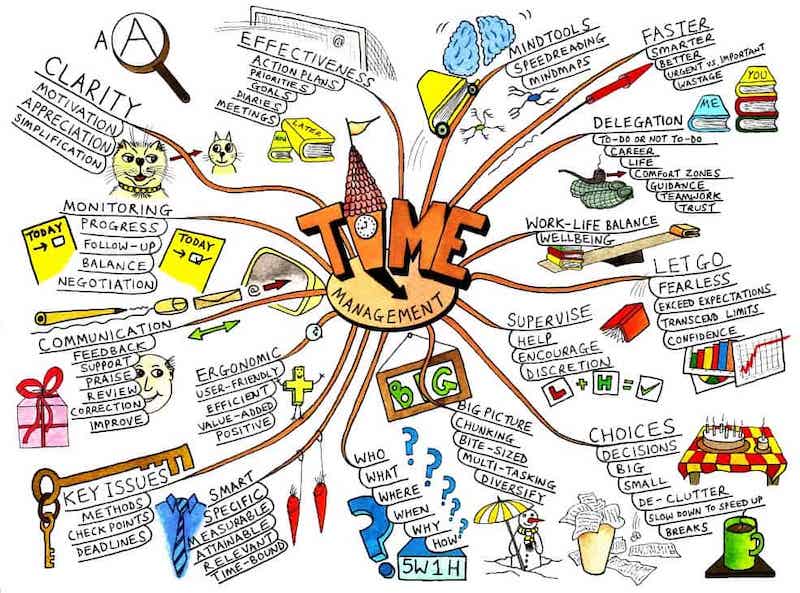Updated July 18, 2025
Creativity and Problem Solving Through Low-Tech Magic
Ready to turbocharge your creative superpowers without another gadget? Believe it or not, the secret sauce to top‑tier problem solving isn’t in the latest app—it’s in good old pen, paper, and playful hands‑on learning. As an innovation keynote speaker, I’ve seen teams break through brick walls with low‑tech tools that spark big ideas, boost engagement, and leave everyone saying, “Why didn’t we think of that sooner?” Buckle up for a fun, smart, and totally practical guide to unleashing your imagination—no Wi‑Fi required.
Why Low-Tech Feels Like Rocket Fuel for Creativity
According to the World Economic Forum, complex problem solving and creativity rank among the top skills employers will demand through 2025. Machines may crunch numbers, but only humans can connect dots in unexpected ways—and low‑tech methods prime your mind to do just that.
When you switch off the screen and pick up a pencil, your brain shifts from passive consumption to active creation. Suddenly, your mind maps expand, ideas flow freely, and collaboration feels more like play than work.
Powerhouse Techniques to Ignite Creative Thinking
1. Pen-and-Paper Note-Taking
A Princeton study found that students taking longhand notes on paper outperform laptop users on conceptual questions. Longhand forces you to process information in real time, turning fleeting facts into lasting insights. Ditch the keyboard and watch your brainstorming sessions go from “meh” to “mind-blowing.”
2. Hand-Drawn Mind Maps
Grab a blank sheet, markers, and your wildest ideas. Drawing nodes and connections helps you visualize relationships and spot fresh angles. Plus, colorful sketches make your whiteboard sessions feel more like art class—and who doesn’t love that?
3. Kinesthetic Learning with Everyday Objects
Ever tried understanding fractions by slicing apples? A Dutch study shows that moving and thinking together cements concepts. Use Lego bricks to model workflows or rubber bands to map customer journeys. Your body—and your brain—will thank you.
4. Rapid Prototyping with Craft Supplies
Why wait weeks for a fancy CAD model? Snag cardboard, clay, or craft sticks and build a rough prototype in minutes. Physical mockups reveal design flaws fast and spark team conversations you can’t get from slides alone.
5. Storyboarding Your Next Big Idea
Sketch scenes on index cards to map user experiences, marketing campaigns, or product launches. Like film directors, you’ll catch plot holes, pacing issues, and missed opportunities before you spend a dime on development.
Real Schools, Real Impact
Waldorf’s Analog Advantage
At the Waldorf School of the Peninsula, kids learn algorithms through knitting patterns—no screens in sight. They master sequential logic, pattern recognition, and patience by crafting scarves instead of coding apps.
Brightworks’ Curiosity-Driven Labs
San Francisco’s Brightworks School invites students of all ages to collaborate on real projects, from building solar ovens to designing community gardens. Their “collaborators” guide hands‑on explorations that mirror today’s agile workplaces.
On-the-Job Creativity Hacks
Analog “Design Sprints”
Run your next sprint with sticky notes, butcher paper, and Velcro dots. Rotating roles and tactile exercises break silos and turbocharge idea cross‑pollination.
Maker Corners and DIY Workshops
Dedicate a corner to scissors, glue guns, and prototyping materials. Host weekly “maker hours” where teams tackle challenges using only hands‑on tools.
Screen-Free Brainstorm Retreats
Unplug for half a day and head outdoors or into an open studio—no devices allowed. Vintage flip charts and paper will feel revolutionary when your brain gets room to roam.
Hiring for Creative Problem Solvers
When I hire, I look for stories of ingenuity—like the candidate who halved shipping costs by building a paper prototype of a new logistics process, or the team that cut safety incidents by sketching warehouse layouts and adding railing mockups. Show your creative chops on your resume with bullet points that spotlight impact, not just responsibilities.
Low‑Tech Creativity & Problem Solving FAQs
1. How can I boost creative thinking without relying on digital tools?
Start with simple analog exercises: mind‑mapping on paper, sketching out ideas by hand, or building quick prototypes from cardboard and clay. These tactile activities force your brain to make connections in new ways, sparking fresh insights that screens alone often can’t provide.
2. What are the best low‑tech methods for team brainstorming?
Gather around a whiteboard or large flip chart and use sticky notes to jot ideas. Encourage everyone to write and post simultaneously, then group related concepts together. This “silent storm” technique levels the playing field and surfaces the most promising threads for deeper discussion.
3. Why does pen‑and‑paper note‑taking improve problem solving?
Handwriting slows you down just enough to process and synthesize information, rather than transcribing it verbatim. This deeper encoding helps you grasp underlying concepts and recall them later—crucial for tackling complex challenges.
4. How do I create a low‑tech innovation lab on a budget?
Dedicate a corner with basic supplies: paper, pens, markers, sticky notes, cardboard, scissors, and glue. Reuse everyday materials—like cereal boxes or fabric scraps—to prototype ideas cheaply. Rotate in community donations or second‑hand finds to keep costs minimal.
5. Can analog techniques really replace digital collaboration tools?
While digital platforms excel at remote coordination, analog sessions offer unique benefits for creative ideation: physical movement, face‑to‑face energy, and the freedom to sketch and rearrange ideas instantly. A hybrid approach—combining both low‑tech and digital—often yields the best results.

